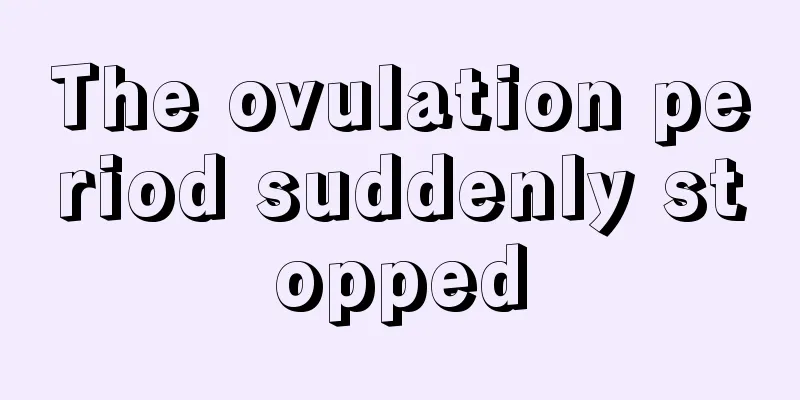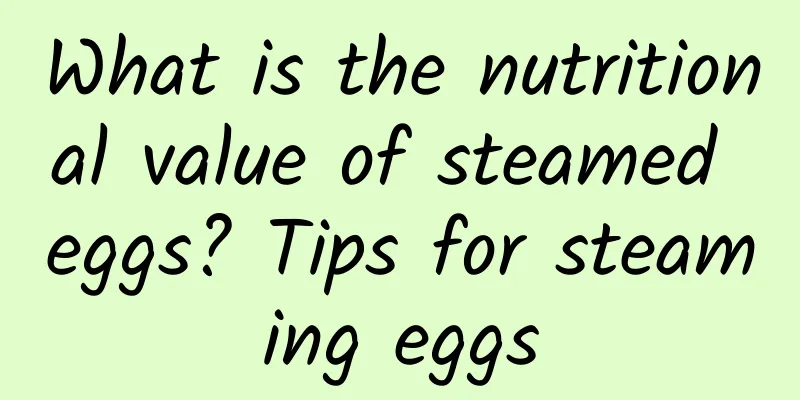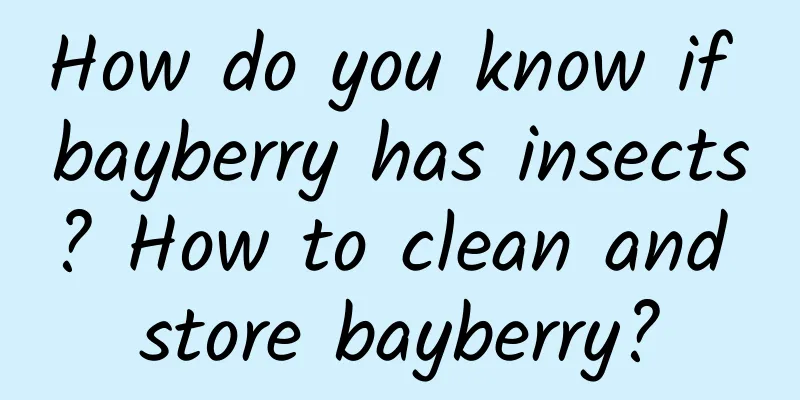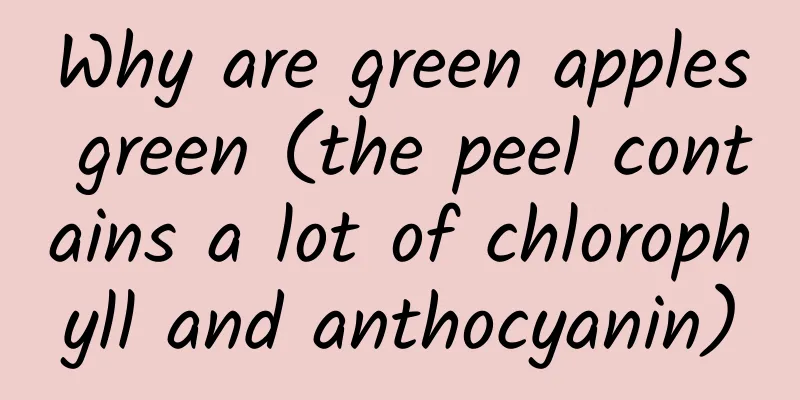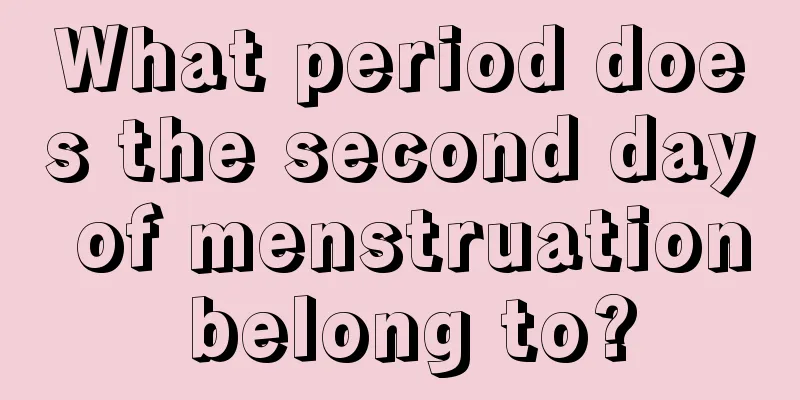If your child keeps coughing, be careful it may be rhinitis!
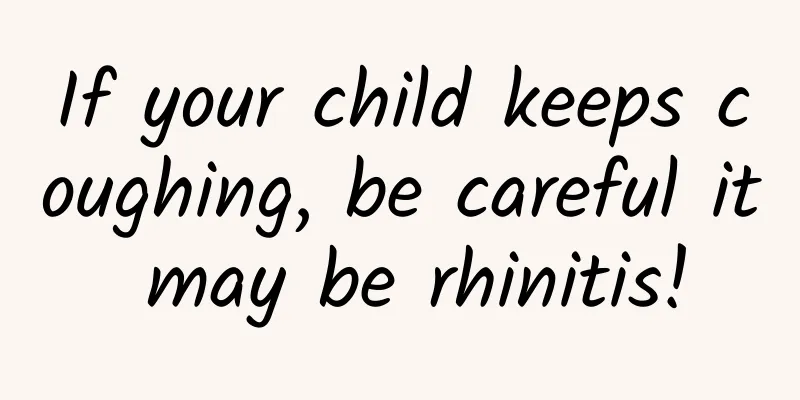
|
Author: Gu Qinglong, Chief Physician, Children's Hospital Affiliated to Capital Institute of Pediatrics Reviewer: Liu Zhi, Chief Physician, Xuanwu Hospital, Capital Medical University As we all know, runny nose, sneezing, and blocked nose are common symptoms of rhinitis, while coughing is generally a common manifestation of diseases such as bronchitis and pneumonia. But in fact, many children with rhinitis also have chronic cough. 1. What is the relationship between chronic cough and rhinitis in children? The nasal cavity is the first gateway to the respiratory tract, and it plays a role in humidifying, warming and filtering the air. If the nasal cavity is not well guarded, it will have a great impact on our body. For patients with rhinitis, when the nasal mucosa is stimulated, in addition to related symptoms such as itchy nose, sneezing, nasal congestion and runny nose, the backflow of nasal mucus and inflammatory secretions can also cause irritation symptoms in the throat and lower airway, resulting in coughing. Therefore, children's cough may be caused by rhinitis. Figure 1 Original copyright image, no permission to reprint When many parents bring their children to see a doctor, they say that their children's cough has not been cured. The doctor will recommend going to the ENT department to see if they have rhinitis. At this time, parents will have questions, saying what is the relationship between cough and rhinitis? In fact, statistics show that among children's chronic coughs, about 40%-50% are caused by poorly controlled rhinitis. So if your child's cough is not going away, don't simply think it's a cold or tracheitis, but consider the possibility of rhinitis. At this time, we use symptomatic treatment of rhinitis for a period of time, which can control the symptoms of rhinitis and the cough will disappear. 2. How to diagnose rhinitis in children? The diagnosis of children's rhinitis actually includes two aspects: the first aspect is the differentiation from other diseases; the second aspect is the differentiation between rhinitis and sinusitis. For example, for rhinitis, generally speaking, doctors can roughly distinguish whether it is rhinitis through an anterior rhinoscopy examination, so we do not recommend that children undergo too many examinations. Some children have a lot of yellow mucus, so we should suspect that they may have sinusitis. If necessary, we can give them a CT scan if we want to confirm the diagnosis. But in fact, if the doctor is very experienced, we do not recommend that every child suspected of sinusitis should undergo a CT scan. In addition, if some children are suspected of having adenoids hypertrophy, they may need to undergo an endoscopic examination or a film for identification. If your child has been diagnosed with rhinitis and you want to know what type of rhinitis it is, you may need to do an allergen test. Through allergen testing, we can know whether the child has allergic rhinitis or non-allergic rhinitis. Of course, if a child's sneezing and runny nose symptoms occur at a fixed time every year, such as when the flowers bloom in May, we have to consider that he may have allergic rhinitis. 3. How to treat rhinitis in children? In fact, the treatment of any disease should start with the cause. If rhinitis is caused by repeated attacks of infectious rhinitis due to a weak constitution, the child's constitution should be strengthened. If rhinitis is caused by allergies, the child should be kept away from allergens as much as possible. In addition, appropriate treatment should be given according to the child's symptoms. Generally speaking, children's rhinitis is mainly treated conservatively, and surgery is avoided as much as possible (surgery for children's rhinitis must be performed with caution). For example, if it is just simple rhinitis, such as hypertrophy of the nasal concha, although there are some minimally invasive methods, surgical treatment is generally not used. Figure 2 Original copyright image, no permission to reprint Regarding drug treatment, in terms of medication methods, there are local medication and systemic medication. Topical medication, as the name suggests, is the administration of drugs locally into the nasal cavity. For example, there are currently local sprayable hormone drugs, antihistamines, etc., as well as a class of decongestants. The anti-inflammatory effect of hormone drugs is relatively strong, but the characteristic of it is that it does not work that quickly, usually taking one or two hours at most to take effect. Its advantage is that it is effective for various symptoms, such as sneezing, nasal congestion, itchy nose, and runny nose. There is also a large category of drugs that are sprayed into the nose to allow for breathing. These are decongestants, which generally take effect quickly but are ineffective for other symptoms. Currently, nasal hormones are more commonly used, and sometimes they are used together (for example, when the nose is blocked). Generally speaking, because nasal hormones take a long time to work, it is recommended to use them for a longer time, such as more than three to four weeks, while the use of decongestants is usually controlled within one week, especially for young children. Systemic medications are oral medications. The first category is anti-allergic drugs, that is, antihistamines. This category includes first-generation, second-generation, and third-generation drugs. They can quickly control children's symptoms of sneezing, itchy nose, and runny nose, but the effect on nasal congestion is weaker. The second largest category is some oral decongestants, such as pseudoephedrine, but this type of medicine should be used sparingly. There are also some other anti-leukotriene drugs. The most important thing is to use different medicines according to the different symptoms of the child; for example, if the main symptom is sneezing, you may need to take some anti-allergic drugs; if the child is a chronic patient, local hormone medication may be recommended. But for some children, such as those with severe nasal septum deviation, or some children with enlarged adenoids, or nasal polyps, we will recommend them to undergo surgical treatment first. |
<<: Don’t be careless about children’s rhinitis, pay attention to daily care!
>>: How to use medicines safely through the “five steps”?
Recommend
Can I sleep on a cool mat during confinement?
In traditional Chinese culture, "confinement...
Traditional Chinese Medicine Massage Points for Breast Enhancement
With more and more TCM treatment methods nowadays...
What does breast hyperplasia feel like?
Healthy breasts are what women want, but problems...
How long does it take for pigmentation to recover during pregnancy?
Most pregnant women will develop some pregnancy s...
Can I eat mung bean porridge during dysmenorrhea?
Dysmenorrhea is too painful, and many girls can&#...
The most common symptoms of subserosal uterine fibroids
Subserosal uterine fibroids are a relatively uniq...
Treatment of moderate cervical erosion
As the pace of the times accelerates, many workin...
What to do if a 12-year-old girl has acne on her face
Twelve-year-old girls begin to enter puberty. The...
Can I get pregnant with mild hyperthyroidism?
Hyperthyroidism is a disease that poses a great t...
Have you ever experienced back pain?
Have we ever encountered such a situation many ti...
Being fat = being healthy? Don’t let obesity become a growing pain for your baby during the school season
Summer vacation is coming to an end, and many par...
Many people may eat these 5 foods that are most harmful to the liver every day! Many people don’t pay attention to the third one
Staying up late, alcohol, takeout, stress... The ...
Is it normal to have a temperature of 37.2 during ovulation?
There are many ways to detect ovulation, the most...
Can applying olive oil prevent stretch marks?
Stretch marks are a skin problem that many women ...
How much bleeding does a miscarriage cause?
The amount of bleeding in a spontaneous abortion ...

